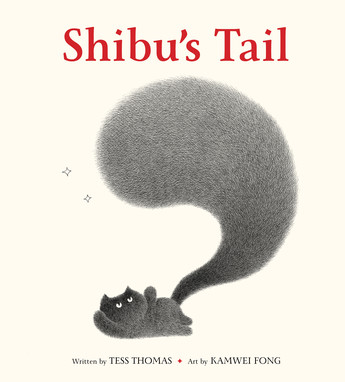




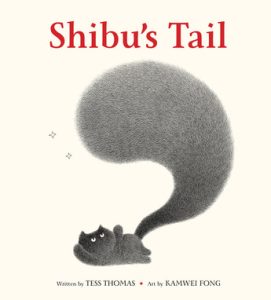 Shibu’s Tail is a gentle book by US author Tess Thomas and Malaysian artist Kamwei Fong. This is a pleasant addition to the ‘feelings books’ shelves, using a cat’s tail as an indicator of different emotions. It is reminiscent of the use of therapy animals in child psychology practices, where young people are asked to think about how the resident dog, for example, responds to stress, or shows that it is sad. For educators working on social and emotional learning, Shibu’s Tail will serve as a humorous conversation starter.
Shibu’s Tail is a gentle book by US author Tess Thomas and Malaysian artist Kamwei Fong. This is a pleasant addition to the ‘feelings books’ shelves, using a cat’s tail as an indicator of different emotions. It is reminiscent of the use of therapy animals in child psychology practices, where young people are asked to think about how the resident dog, for example, responds to stress, or shows that it is sad. For educators working on social and emotional learning, Shibu’s Tail will serve as a humorous conversation starter.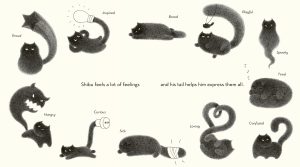 This is Shibu. He has a lot of feelings. The book is explicit in its mission. When Shibu is happy, his tail gives hugs. When he is mad, the hairs on his tail stand on end. Until one day, Shibu notices that his expressive tail is drawing attention. He chooses to sit in a box and attempt to hide his feelings. But suppressing his emotions doesn’t go so well! It turns out that all feelings, happy, sad and everything in between, are better off being expressed.
This is Shibu. He has a lot of feelings. The book is explicit in its mission. When Shibu is happy, his tail gives hugs. When he is mad, the hairs on his tail stand on end. Until one day, Shibu notices that his expressive tail is drawing attention. He chooses to sit in a box and attempt to hide his feelings. But suppressing his emotions doesn’t go so well! It turns out that all feelings, happy, sad and everything in between, are better off being expressed.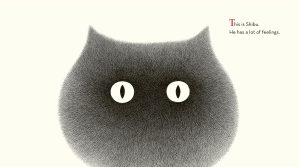 The content of Shibu’s Tail is predictable – which is not necessarily a bad thing if the book is being used in emotional regulation conversations – but the illustrations provide originality. Shibu’s textured, fluffy tail and wide eyes are used to great effect against plain white backgrounds, to really draw attention to each emotion. Recommended in early education or bedtime reading, particularly with a child who may be dealing with big feelings.
The content of Shibu’s Tail is predictable – which is not necessarily a bad thing if the book is being used in emotional regulation conversations – but the illustrations provide originality. Shibu’s textured, fluffy tail and wide eyes are used to great effect against plain white backgrounds, to really draw attention to each emotion. Recommended in early education or bedtime reading, particularly with a child who may be dealing with big feelings.
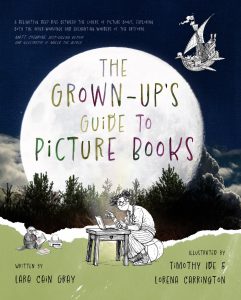
Error: Contact form not found.
